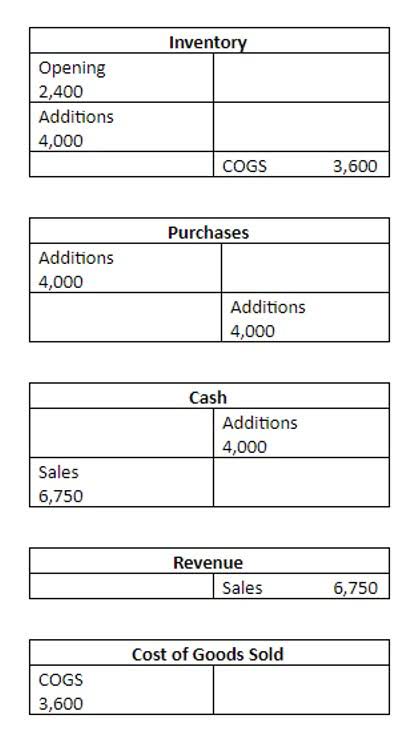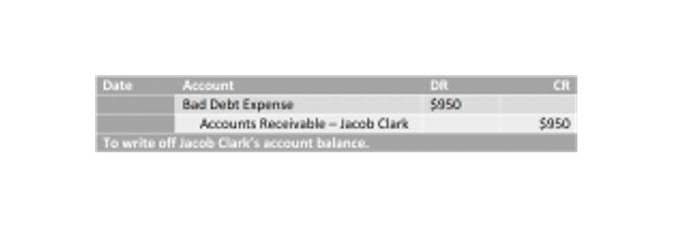
This analysis can help a company more accurately anticipate future sales and plan accordingly. If you want to stay ahead of the competition and maximize profit potential, it is essential to understand the nuances of sales forecasting and know how to apply 8 effective methods. For example, integration with the marketing department ensures that promotional strategies are in sync with sales cycles and expected sales volumes. This assists in planning and optimizing marketing campaigns to generate demand when and where needed. Getting an accurate picture of qualification, engagement, and velocity for each deal helps sales reps and managers provide data for a reliable sales forecast. When everyone on your team uses the same process, it’s easier to predict the likelihood that opportunities will close and pinpoint troublespots in the sales pipeline.

Multivariable Analysis Forecasting
Sales forecasting is the method of predicting how well your business will do—in terms of revenue or potential deals closed—based on your sales team’s performance. This estimate allows businesses to project the outcomes of their results and accounts for organizations usually use only one method for forecasting sales. any gaps in budgeting or personnel adjustments. SaaS sales forecasting is a key part of financial planning and analysis for SaaS enterprises.

Building Better Forecasts
- This low confidence by industry leaders is understandable, given that for SaaS products, many variables affect product price.
- Analyzing historical data provides an excellent baseline for establishing forecasting goals.
- These models look at factors like customer sentiment, product popularity, current buying trends, and more to provide a better understanding of what customers may be purchasing soon.
- One commonality across these points is that they illustrate the need for cultural change in the sales organization.
- The more forecasts you have to make and resulting decisions you have to live with, the better you will get at forecasting.
Here, historical sales data forming a trend line can be fitted to an ideal equation for compounding revenue over time. Other time series variables such as seasonal revenue fluctuations and historical churn rates can also be added to the ideal equation. One of the key challenges to SaaS sales forecasting is the availability of clean data.

Forecasting Methods

While some techniques focus on historical sales, others take into account market trends and sales pipeline stages to calculate forecasts. Sales forecasting is estimating the future sales volume for your company over a given period. An accurate sales forecast helps manage cash flow, optimize resource allocation, and support strategic planning for future growth. It may sound like an abstract concept, but it’s as real and necessary as the products on the shelves and the customers walking through the door. It’s a lifeline for businesses both big and small, and its significance cannot be underestimated. Let’s dive into why sales forecasting is so important and how you can create a solid sales forecasting method.
- This SaaS model doesn’t even incorporate data such as expenses, market share, Customer Acquisition Costs (CAC), Customer Lifetime Value (CLV), activation rates, etc.
- For a more holistic view, engage with other departments, such as marketing, production, and customer service.
- This is because SaaS sales forecasts form a basis for future financial groundwork and the performance of any SaaS business.
- Automated timesheets and the ability to track tasks across the project lifetime help managers plan the team’s targets effectively.
- One such parameter would be your potential share amongst the Total Addressable Market.
- Sales analytics tools help you collect this data and can be integrated with another tool to generate reports.
Time Series Projections
Companies should make sure CRM data is up-to-date and integrates well with other data collection software. When looking for the right sales forecasting technology, businesses should opt for solutions that capture customer, sales, and historical data. Furthermore, the sales forecasting solution should integrate with all relevant data solutions and sync data in real-time. A tool like LinkedIn Sales Insights is bookkeeping an excellent solution and helps sales teams capture robust, reliable, and trusted data for smarter sales planning.